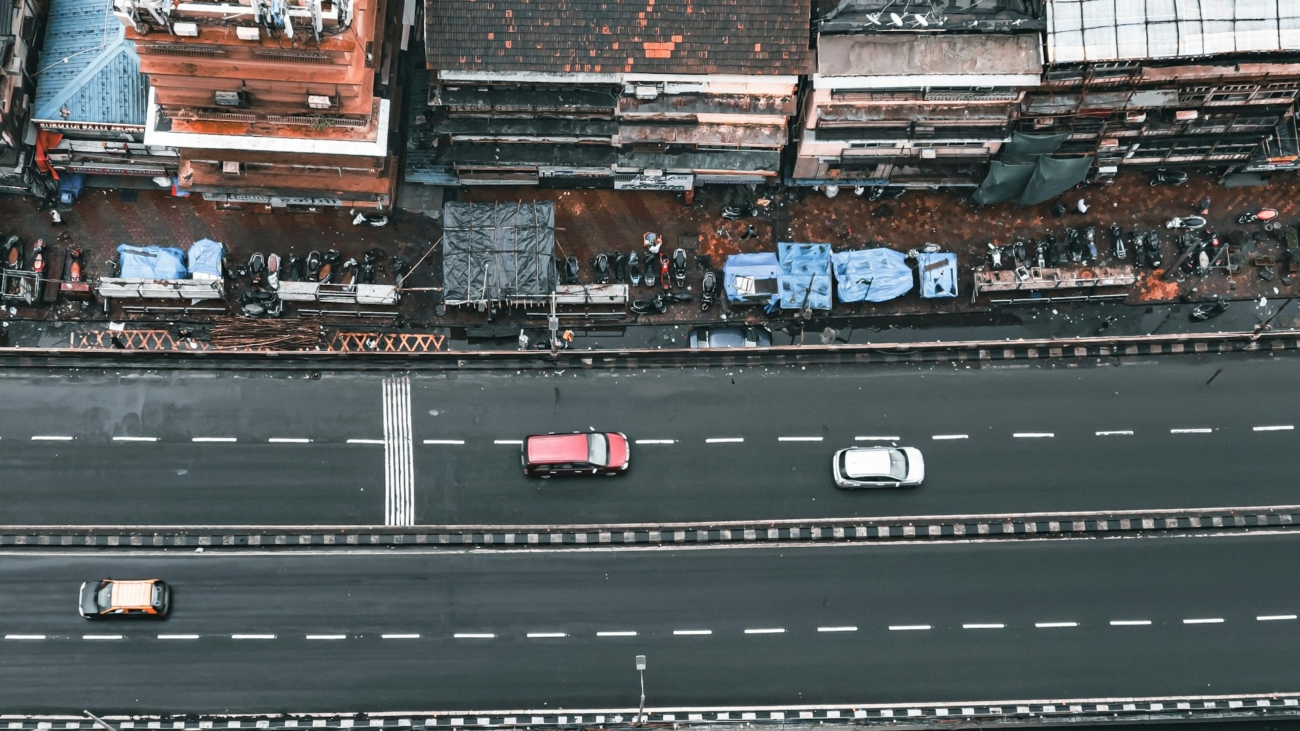As urbanization accelerates and economic opportunities proliferate, cities worldwide are experiencing unprecedented growth. In India, this trend is especially pronounced, with millions flocking to urban centers in search of better livelihoods. However, the rapid influx of people has often outpaced infrastructure development, leading to overcrowding, inadequate housing, and strained public services. One key solution lies in the concept of smart cities utilizing predictive analysis to anticipate and prepare for residential requirements ahead of time.
The Current State of Urban Planning in India
India’s urban planning has historically struggled with accurately forecasting the needs of its burgeoning urban population. This has resulted in several issues:
- Overcrowding: Cities like Mumbai, Delhi, and Bangalore face severe overcrowding, with slums and informal settlements becoming commonplace.
- Inadequate Housing: Rapid urbanization has led to housing shortages, escalating property prices, and unaffordable living conditions for many.
- Strained Infrastructure: Public services such as water supply, sanitation, and transportation often fall short of the demands of growing urban populations.
- Environmental Degradation: Unplanned urban expansion has resulted in significant environmental issues, including pollution and loss of green spaces.
The Role of Predictive Analysis in Urban Planning
Predictive analysis involves using data, statistical algorithms, and machine learning techniques to identify the likelihood of future outcomes based on historical data. In the context of urban planning, predictive analysis can be instrumental in:
- Forecasting Population Growth: Analyzing trends and patterns to predict population influx and demographic changes.
- Identifying Housing Needs: Anticipating the demand for residential spaces, including the types and quantities of housing required.
- Optimizing Infrastructure Development: Planning for adequate public services and infrastructure based on projected needs.
- Enhancing Resource Management: Efficiently allocating resources such as water, electricity, and transportation to meet future demands.
Implementing Predictive Analysis in Smart Cities
To effectively implement predictive analysis in smart city planning, several strategies can be adopted:
1. Data Collection and Integration
Accurate and comprehensive data is the foundation of predictive analysis. This includes:
- Demographic Data: Collecting information on population size, age distribution, income levels, migration patterns, and household compositions.
- Economic Data: Analyzing job market trends, income growth, and economic opportunities driving urban migration.
- Infrastructure Data: Mapping current infrastructure capabilities, usage patterns, and areas of stress.
2. Advanced Analytical Tools
Leveraging advanced analytical tools and technologies is crucial for accurate predictions:
- Machine Learning Algorithms: Employing machine learning algorithms to analyze vast datasets and identify trends, correlations, and patterns.
- Geospatial Analysis: Using geospatial data to understand spatial relationships and predict where growth and development are likely to occur.
- Simulation Models: Developing simulation models to explore different urban planning scenarios and their potential impacts.
3. Collaborative Planning
Effective urban planning requires collaboration among various stakeholders:
- Government Agencies: Coordinating efforts among local, state, and national governments to ensure cohesive planning and policy implementation.
- Private Sector: Engaging with real estate developers, technology providers, and other private sector players to align development goals.
- Community Involvement: Involving communities in the planning process to ensure that their needs and preferences are considered.
The Key Concern: India’s Historical Shortcomings in Predictive Planning
India’s urban planning has often been reactive rather than proactive, leading to several critical issues:
- Lag in Infrastructure Development: Infrastructure projects frequently lag behind population growth, resulting in inadequate public services and facilities.
- Unplanned Urban Expansion: Rapid, unplanned urban expansion has led to the proliferation of informal settlements and slums.
- Environmental Challenges: Poor planning has exacerbated environmental issues, including pollution, water scarcity, and loss of biodiversity.
Why Predictive Analysis is Essential for the Future
Given these challenges, predictive analysis is not just a tool but a necessity for the future of India’s urban development. Key reasons include:
- Proactive Infrastructure Development: Predictive analysis enables proactive infrastructure planning, ensuring that public services and amenities are in place before they are critically needed.
- Sustainable Growth: By anticipating future needs, cities can grow sustainably, balancing development with environmental conservation.
- Enhanced Quality of Life: Proactive planning leads to better living conditions, with adequate housing, efficient transportation, and accessible public services.
- Economic Competitiveness: Well-planned cities attract businesses and talent, driving economic growth and enhancing the country’s competitiveness on the global stage.
Conclusion
For India to successfully manage its urbanization challenges and improve the quality of life for its citizens, embracing predictive analysis in smart city planning is imperative. By accurately forecasting residential requirements and planning accordingly, India can transform its cities into thriving, sustainable urban centers equipped to handle future growth. The integration of advanced analytics, collaborative planning, and proactive infrastructure development will be crucial in achieving this vision, ensuring that Indian cities are prepared for the opportunities and challenges of the future.

